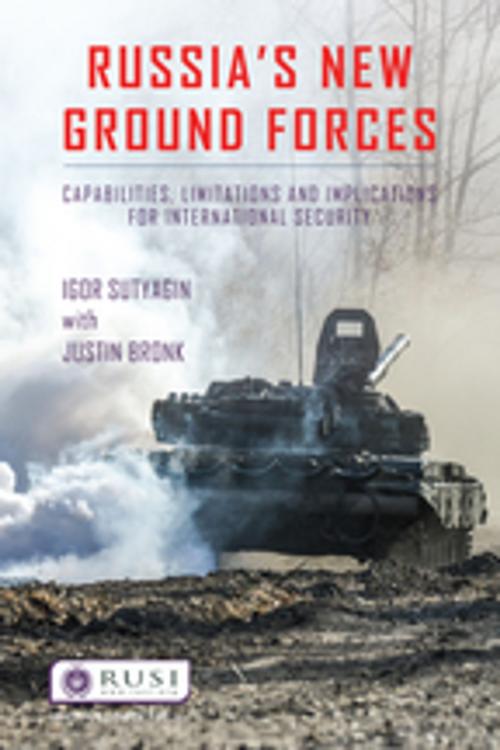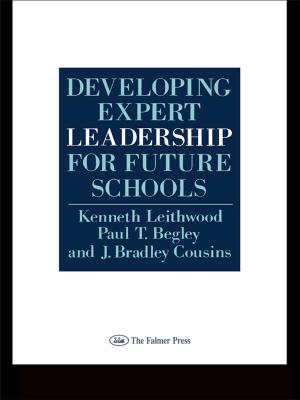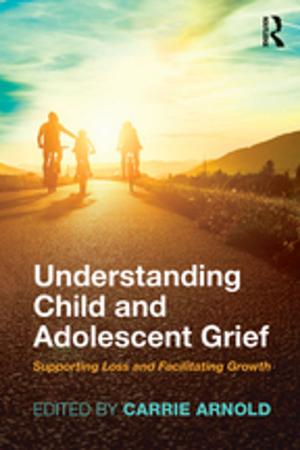Russia’s New Ground Forces
Capabilities, Limitations and Implications for International Security
Nonfiction, Social & Cultural Studies, Political Science, International, International Relations, History, Military| Author: | Igor Sutyagin, Justin Bronk | ISBN: | 9781351018524 |
| Publisher: | Taylor and Francis | Publication: | December 22, 2017 |
| Imprint: | Routledge | Language: | English |
| Author: | Igor Sutyagin, Justin Bronk |
| ISBN: | 9781351018524 |
| Publisher: | Taylor and Francis |
| Publication: | December 22, 2017 |
| Imprint: | Routledge |
| Language: | English |
This Whitehall Paper provides an in-depth analysis of Russia’s Ground Forces, including airborne and naval troops. It examines their role in Russian foreign policy, reforms to units’ equipment and operational roles, performance during combat operations against Ukraine, and current unit deployment locations and purposes in the Central, Southern and Western Military Districts.
Russia perceives itself as operating from a position of weakness and surrounded by superior NATO forces. It is pursuing a programme of military reform, both in terms of equipment and structures. The Russian Ground Forces are being geared towards fighting in aggressive, short, sharp and complex operations into enemy territory, as well as being streamlined to increase readiness levels and deployability at short notice.
However, operations against Ukraine have required force generation efforts from almost every Russian Ground Forces formation, including those in the Far East, which is evidence that the Kremlin’s ability to sustain even a moderate tempo of operations in the medium term is limited. Furthermore, chronic undermanning and morale issues remain, which will be exacerbated by the political decision to re-establish division-scale formations. In addition, Western sanctions and Russia’s difficult economic situation are severely hampering efforts to extend equipment reforms across the whole force.
Russian Ground Forces should not be seen by the West as an unstoppable colossus. However, the West must not ignore the unmistakable Russian efforts to prepare for offensive, high-tempo operations against NATO, and the formidable political will that will use them if given the opportunity.
This Whitehall Paper provides an in-depth analysis of Russia’s Ground Forces, including airborne and naval troops. It examines their role in Russian foreign policy, reforms to units’ equipment and operational roles, performance during combat operations against Ukraine, and current unit deployment locations and purposes in the Central, Southern and Western Military Districts.
Russia perceives itself as operating from a position of weakness and surrounded by superior NATO forces. It is pursuing a programme of military reform, both in terms of equipment and structures. The Russian Ground Forces are being geared towards fighting in aggressive, short, sharp and complex operations into enemy territory, as well as being streamlined to increase readiness levels and deployability at short notice.
However, operations against Ukraine have required force generation efforts from almost every Russian Ground Forces formation, including those in the Far East, which is evidence that the Kremlin’s ability to sustain even a moderate tempo of operations in the medium term is limited. Furthermore, chronic undermanning and morale issues remain, which will be exacerbated by the political decision to re-establish division-scale formations. In addition, Western sanctions and Russia’s difficult economic situation are severely hampering efforts to extend equipment reforms across the whole force.
Russian Ground Forces should not be seen by the West as an unstoppable colossus. However, the West must not ignore the unmistakable Russian efforts to prepare for offensive, high-tempo operations against NATO, and the formidable political will that will use them if given the opportunity.















